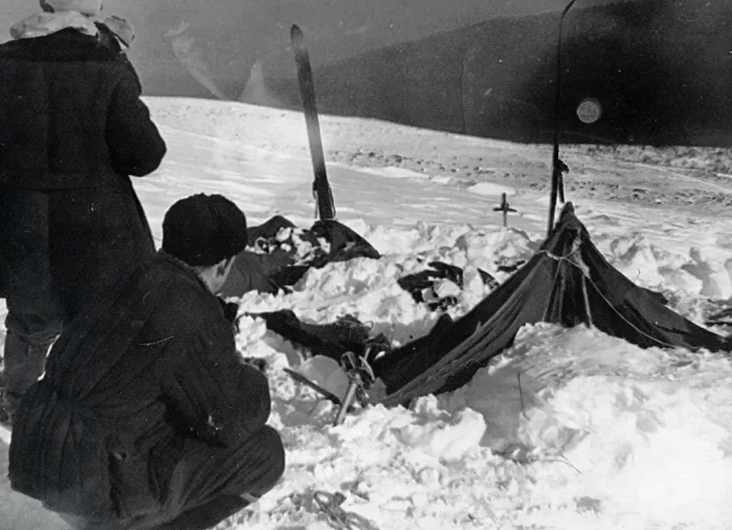Is the unsolved mystery of Russia’s missing hikers finally been cracked?
The Dyatlov Pass incident is a spooky tale most often told in hushed tones around a campfire, but this very real — and very mysterious — event has long been the subject of conspiracy theories, scientific conjecture and even a movie or two. But the truth of what drove nine experienced hikers to slash through the safety of their own tent and flee, half-dressed into the snow of the Ural mountains, has remained inconclusive for over half a century.
That is, until now. After 62 years of speculation, scientists believe they may have figured out what happened in the Ural Mountains, all those years ago.
Thanks to simulations, analytical models and even some borrowed Disney technology, the data indicates an impactful force of nature could very well be the conclusive answer.
What is the Dyatlov Pass mystery?
In January 1959, a team of experienced Russian mountaineers were trekking in the Ural Mountains — at least, they were, until they perished under mysterious circumstances.
Personal diaries and film discovered on site confirm that the team had made camp on a stretch of the slopes known as Kholat Saykhl, or “dead mountain.” However, something caused the hikers to flee in the middle of the night, cutting their way out of the tent and scrambling across the mountain — barely dressed despite subzero temperatures and a thick layer of snow.
When a search and rescue team finally found them weeks later, scattered over the pass, they discovered that while six of the hikers had died from hypothermia, the remaining three hikers had been killed by extreme physical trauma. There were body parts missing — one hiker’s eyes, another’s tongue — and severe skeletal damage to some of the skulls and chests.
The only problem? There was no convincing evidence to explain why or how this had happened. At the time, the investigators concluded only that an unknown but powerful “natural force” had compelled them to leave their tent. Conspiracies range from katabatic winds through to Yeti attack and even infrasound-induced panic, but no definitive conclusion was ever made to explain the deaths.
Read More on CNET
